Skin Sensitivities are unique to everyone.
Up until the latter half of the 20th century, the top layer of the skin (stratum corneum) was thought to be a dead, a non biological membrane. A multitude of studies in the last few decades have shown the top layer is a very complex, dynamic tissue whose formation involves many highly orchestrated metabolic enzymatic functions. Illustrating the dynamic communication network our skin has. A conduit from our internal bodily systems to the broader environment.
It‘s our first line of defense and acts as a barrier between the outer and inner worlds. It is exposed not only to a wide variety of physical, chemical, and thermal insults from the outside but also to inner stimuli, including psychological stress. [1] To add in a little woo, we also have our energy field that extends beyond our bodies.😉
Skin - The Space between our Inner and Outer World
Skin issues can manifest in many different ways. Personally, due to PCOS, my metabolic system imbalance causes weak barrier function leading to intense dryness, redness and ingrown hairs.
My first herbal teacher, Dr. Mara Levin, had multiple chemical sensitivity (MCS), where even natural essential oils along with artificial fragrances and a very long list of chemicals triggered serious reactions. This is an extreme example of sensitivity.
These personal experiences have guided me to gentle, yet powerful formulation methods.
Factors such as an impaired skin barrier, a weakened immune system, inflammation, and digestive health can contribute to the skin’s sensitivity as well.
Our skin’s response to all these internal and external stimuli is a gateway to provide opportunities to understand ourselves better through its peaks and valleys. Know that whatever is happening on the surface is just information. Nothing we should feel shame or be discouraged by.
Skin health is a non-linear journey.
As a skincare brand I don’t feel it’s my lane to bring up internal considerations on a broad scale. I’m here, at the very least, to support listening to your body. And if you’re wanting to go deeper, see a registered professional who has your best interest at heart. Parsley Health offers online holistic healthcare if you are unable to find a functional practitioner in your area.
I also want to recognize access to health care and nutritionally dense foods is a privilege. We should collectively be working within our communities to reduce the gap in income inequalities. Holding corporations, leaders and government officials accountable in environmental stewardship and affordable/free healthcare.
Skin Reactions - Is it an Allergy or Sensitivity?
Facial skin has been found to be more sensitive to topical application than other parts of the body potentially due to a less efficient barrier, a decreased number of stratum corneum layers, and the larger follicular pores.[2]
In extensive research, I have found sensitivity is extremely difficult to trace to a particular ingredient.
A number of synthetic and herbal substances can irritate the skin.
Reactions from allergies and sensitivities can be the same. Although we here at Live Botanical can’t fully know what is going to work for your skin, we can at least help on the journey to make your skin more comfortable.
Allergies
A true allergy is an immune response, where IgE antibodies are made to fight and defend the trigger (allergen).
When an allergy is a cause, the reaction is more likely to develop after repeated uses because your skin needs to become sensitized to whatever ingredient is causing the reaction. So, the reactions usually don't develop immediately; it could be days or weeks before you see one. This makes it more difficult to trace back to the source of the reaction.
New allergies can develop at any time—even with something you’ve used for years.
Steps to take if you think you experienced an allergic reaction:
- Check all the ingredients on your products, especially the new product you recently incorporated into your facial routine. Is there a new ingredient that you have never tried? Or is there a repeating ingredient that you may be coming allergic or sensitized to?
- Work with your primary care provider and discuss allergy testing and/or protocols. A skin or patch test could isolate the allergy and help diagnose delayed allergic reactions. Though these tests do not cover every possible allergen.
Sensitivities
Skin irritation caused by sensitivities does not involve a direct overactive immune response with the release of antibodies as is the case with an allergy. Rather, the protective layer of the skin is compromised which can cause redness, inflammation, pain, bumps, dryness etc.
You may be more prone to disturbances and have the classified “sensitive skin” type. Or maybe you are developing skin sensitivities over time.
What could be activating skin sensitivity?
What activates your skin is going to be unique to you. Even though a skincare product is labeled “green, clean, non-toxic, hypoallergenic, gentle, sensitive etc” it could still cause irritation. Here is a list of product considerations that could exacerbate your skin sensitivity.
Too Much of a Good Thing
Sensitivities can arise with an ingredient you have been using for a long time and the body simply can’t work with it anymore.
If you are prone to reactions, keeping with the same routine is helpful and too much variation can cause stress. Though I find making minor rotations helpful to help keep the skin balanced. Looking more at leave-on products and less with rinse off formulas like cleansers. It could be simply changing up your facial oil, hydrator, or serum seasonally. You can always return to your favorites more frequently.
Extraction Method and Part of Plant Used
The extraction process of ingredients can affect how the skin interacts with it. Different phyto-chemicals are released depending on the solvent, how it's being extracted and what part of a plant is being used. So an extract from one brand to another could be different depending on a multitude of scenarios. Most brands are open to provide this detail if not clarified on their site.
Method examples: isolated, standardized, traditional infusion, bio-fermented, etc.
Plant part examples: leaf, flower, seed, root, etc.
Solvent examples: water, oil, glycerin, alcohol, etc.
You may be sensitive to the isolated compound of salicylic acid from willow bark but you could be completely fine with a simple water and glycerin infusion of willow bark. Or you could have a reaction to a water infusion of rose-hip powder (high in vitamin C) but do really well with rose-hip fruit and seed oil (contains no vitamin C).
This is helpful when looking at formulas to determine what ingredient may be causing as issue.
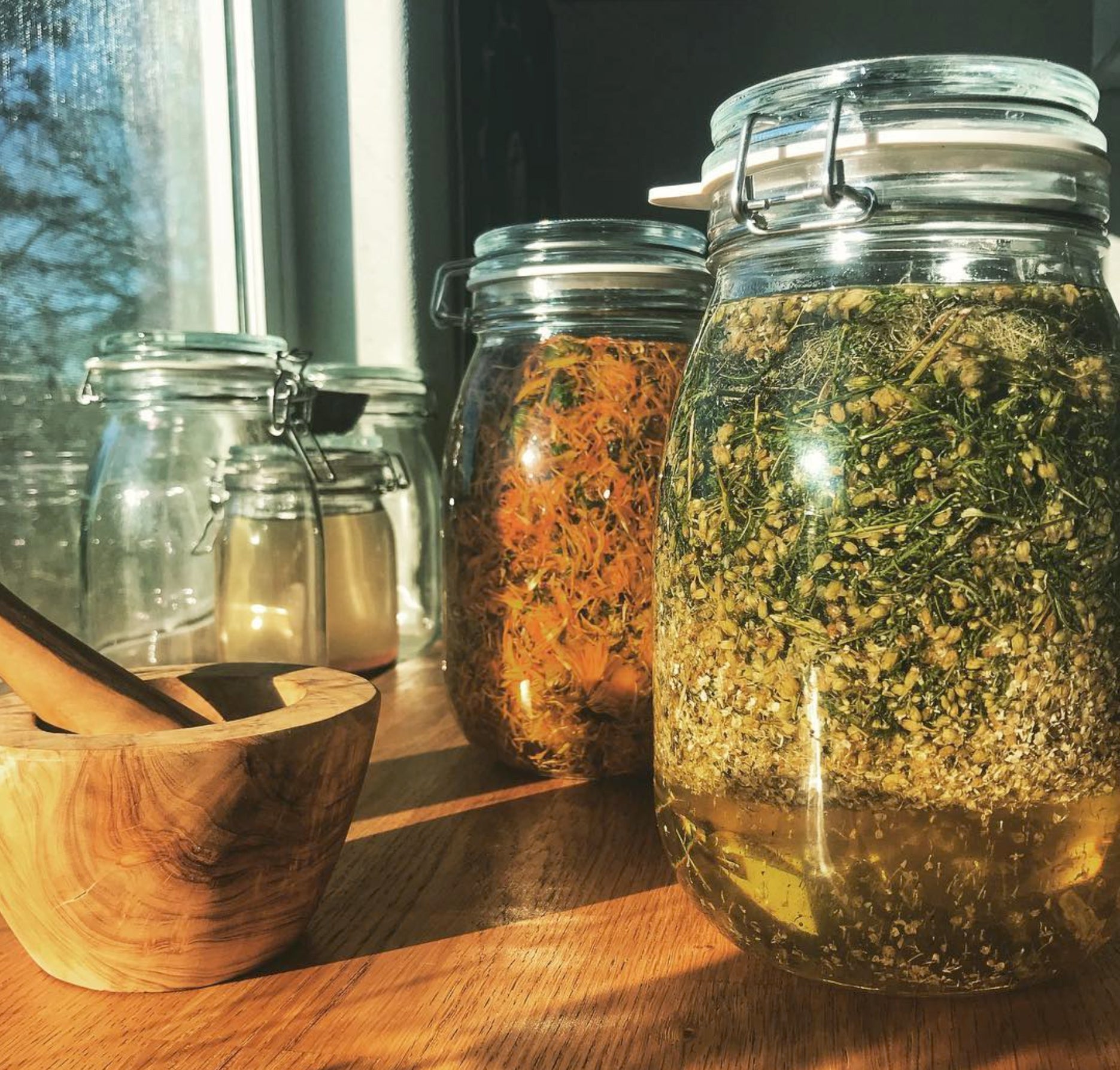
Concentrations
The concentration of any one ingredient or combination of ingredients can cause different reactions. There are different ‘strength’ percentages in active ingredients. Alpha Hydroxy Acids (AHAs) can vary - low percentages with low pH could be more active than a high percentage and a high pH. If you’re sensitive look for low AHA percentage with a pH between 3.5-4.
Encapsulation, often found in retinols, can also be more gentle even at a same percent of the same type of retinol that isn't encapsulated.
Another example is essential oils (eos). The extraction of the essential oil from a plant has a much higher concentration of chemical compounds. Essential oils can still be found in whole-plant extractions, yet in much smaller dilutions and mixed with the other non-eo compounds which can negate more harsh aspects. The percentage of eo in relation to the overall blend is a good example of what could cause a reaction.
For Live Botanical facial products that contain eos we don't use dilutions higher than 0.5%. It is advised that sensitive skin formulas do not go above this percentage. Overall they shouldn't go above 1% (for adults). There are exceptions based on specific oils - most commonly citrus and spices.
If you are super sensitive or pregnant we advise using products without essential oils. You can find our options here: Essential Oil Free Product List
Formulations
A product with similar ingredients can be formulated in a hundred different ways, this is where the fun comes in for many makers, herbalists and formulators. Extraction methods, pH, percentage of acids, concentrations of ingredients (like mentioned above), preservation, etc can all cause different reactions. Not all products are created the same and not all ingredients are used in the same way.
Does the product have ingredients you’ve used before, but from a different company? It may be that the formulation simply doesn’t work for your skin.
This illustrates that looking at an ingredient list doesn’t always determine if it’s sensitive skin friendly. Sometimes trying a product is necessary to see how it works for you.
The combination of products
Exfoliation is a natural cycle of our skins’ renewing process. Yet, too much exfoliation can cause sensitivity. Your skin may not be very happy after you wash your face with a cleanser with a high percentage of surfactants, after your last night's retinol treatment, for example.
Layering too many actives by not realizing actives are in your cleanser and moisturizer along with treatment serums.
This is where communicating with a brand on useage is helpful. Especially if you use products from multiple brands. Most often products within the same brand are designed to be blended without an excessive load of actives.
How to Care for Sensitive Skin
Though the pursuit can feel complicated, especially for sensitive skin people, embracing your own unique path is part of the journey. Though I wholeheartedly believe when you have a greater understanding of the outlined considerations, finding skincare that feels nourishing and supportive can be a pleasurable experience.
Give yourself time as it can take several months to improve skin barrier issues.
Here are some helpful tactics when incorporating new skincare products into your routine.
Find mini sizes to try
Sometimes you can’t just look at a formula and ingredient list to know if it is going to work for you. Finding brands that offer smaller, trial sizes to try is a great way to keep costs down when exploring.
Ask for help
You do not have to go through your skin journey alone. Many brands are happy to give you recommendations based on your skin needs. Ask before you purchase.
With the deconstructive nature of Green Beauty products, how you use and layer the product matters in its effectiveness. Ask the brand how to incorporate a new product into your daily and nightly routine.
Also, there are so many amazing skin enthusiasts and experts who share their favorite products. Find someone who may have a similar skin profile like yours and who you resonate with and trust.
Do a patch test
If super sensitive, always do a patch test before fully applying the product. Apply the product to a small area of sensitive skin (underside of the wrist or inside of the elbow). You can cover this with a bandaid and wait at least 24 hours to see if there is any reactivity.
Simplify your routine
Sometimes going back to basics and decreasing how many products we use can help reset the process. You can also take a break from a product for awhile and gently guide it back in once your skin feels more calm. Introduce new products slowly or one at a time. Consider cleansing once a day limiting disruption of the biome and allowing the skin to regulate on its own. Be careful to not put more stress on an already sensitive system. Tread lightly and slowly.
Rituals for ultra sensitive skin or to give your skin a break
Those will adequate or excess oil production:
Gentle Cleansing Gel
Hyaluronic Acid Hydrating Serum
Awaken Clearing Oil
Those with very little oil production, dry skin:
Nourishing Cleansing Oil
Hyaluronic Acid Hydrating Serum
Vibrant Garden Universal Oil
If extremely dry: Sanctuary Barrier Balm
Be kind to your body
Navigating life when you literally don’t feel comfortable in your own skin can feel burdensome, especially with so much external and internalized pressure. Being curious about the beautiful design of the human body can help encourage balance as well. Remember that there is no such thing as perfection as that’s just a societal construct to deprive us of the complexity and wonder of our humanity.
~Carolyn, owner & maker
[1] Orion, Edith, Wolf, Ronni (2012). Psychological stress and epidermal barrier function. Clinics in Dermatology, Volume 30, Issue 3
[2] Lynde CW. Moisturizers: what they are and how they work. Skin Therapy Lett. 2001;6(13):3–5.


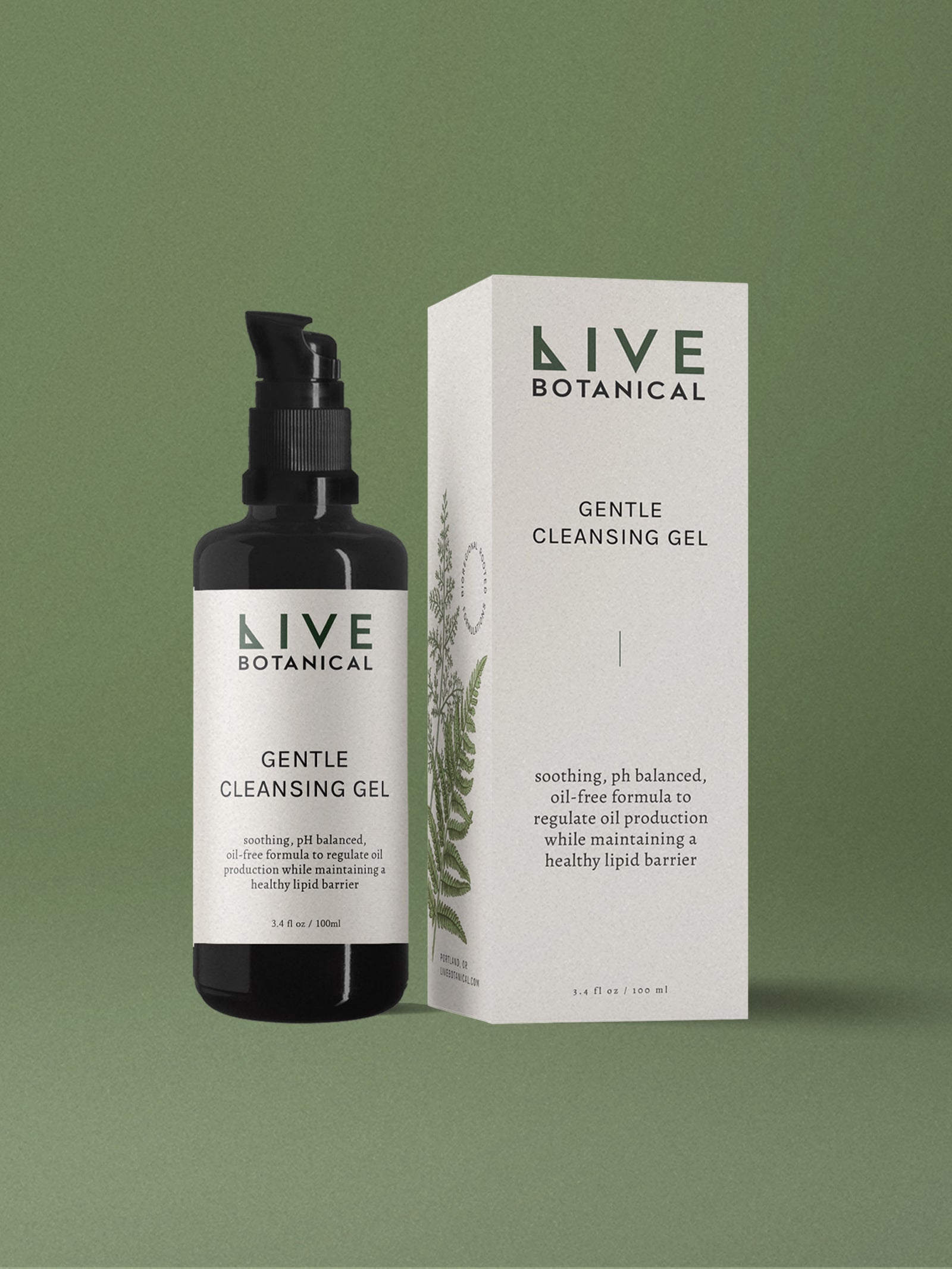
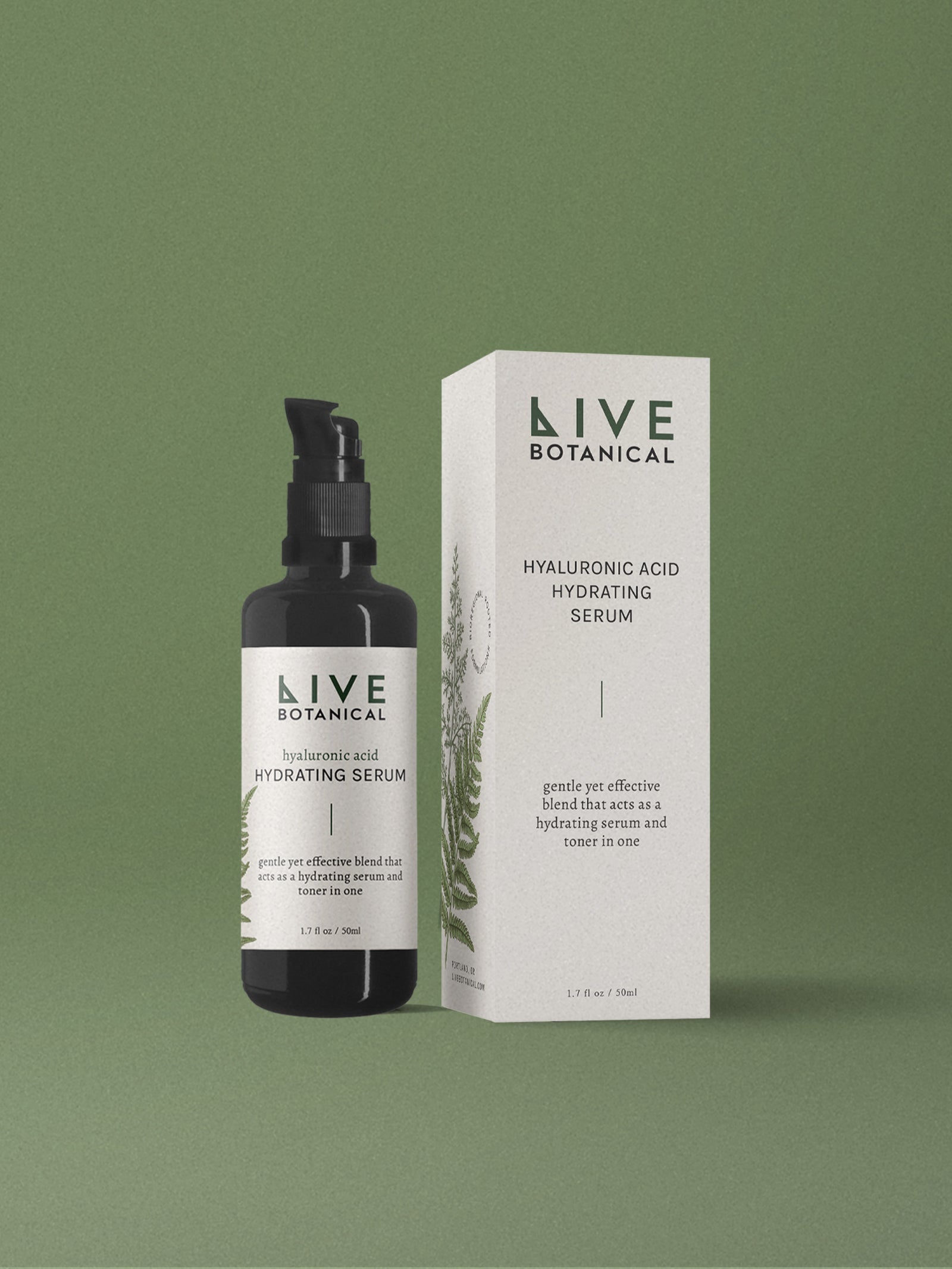
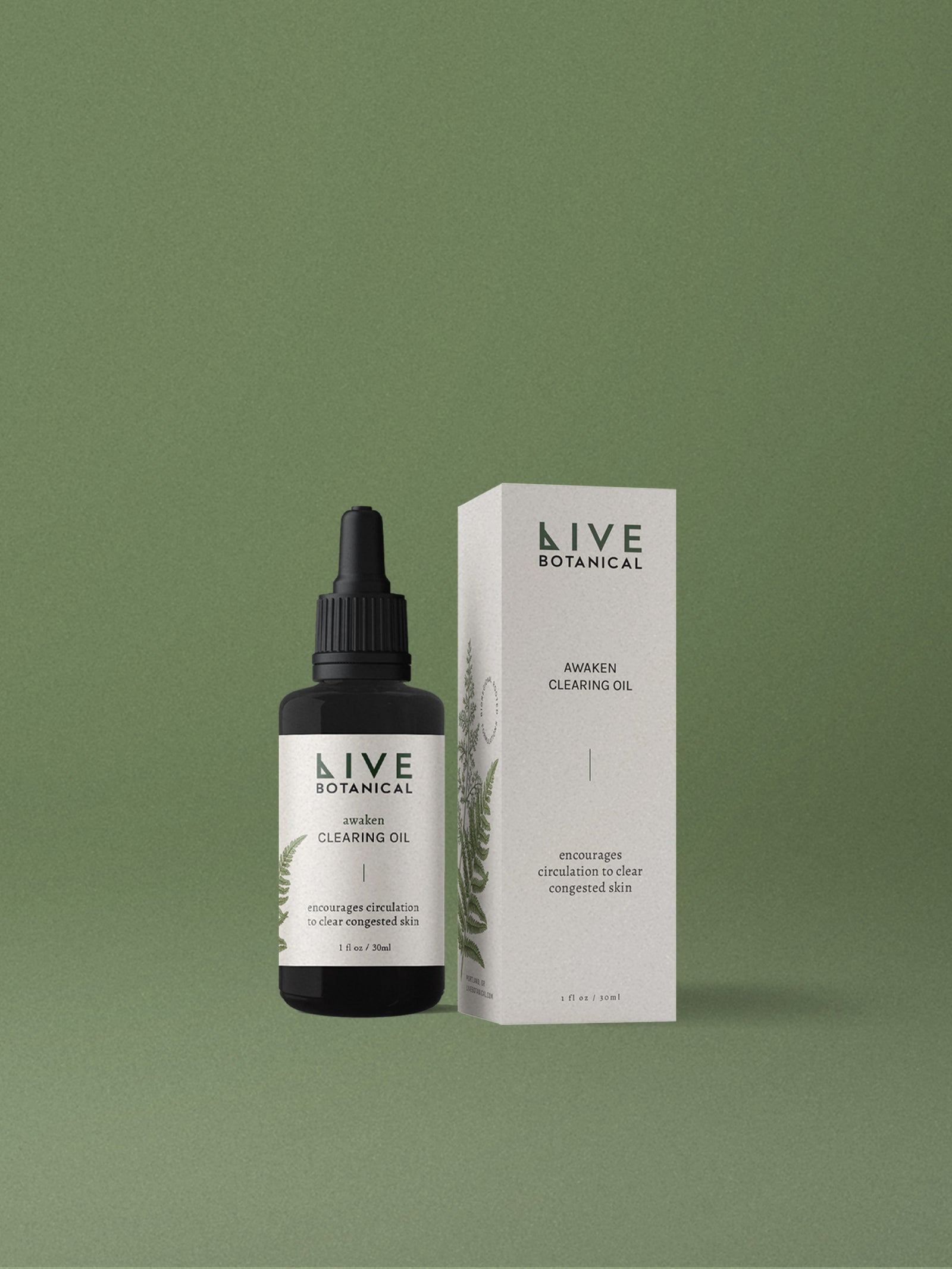
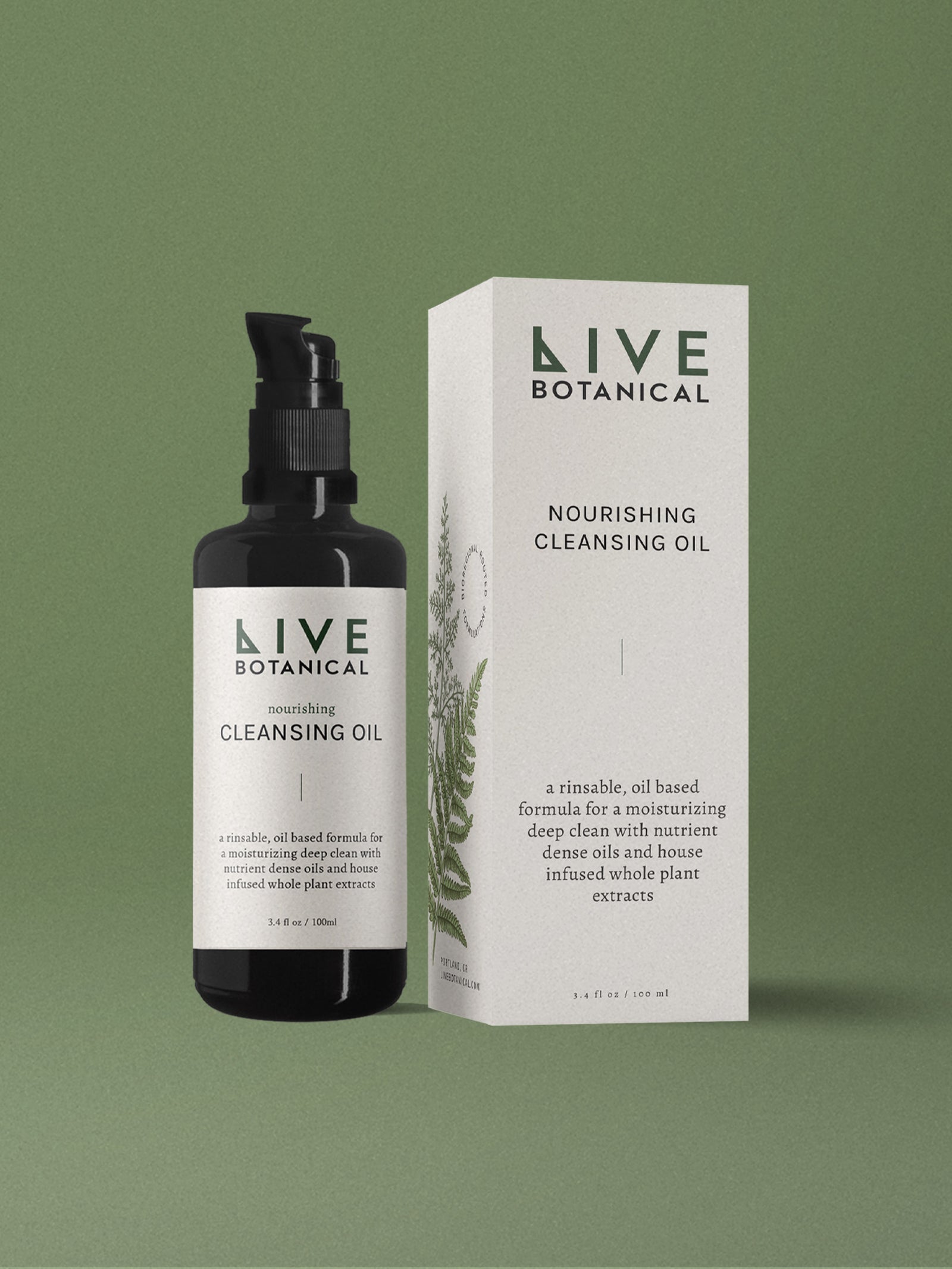
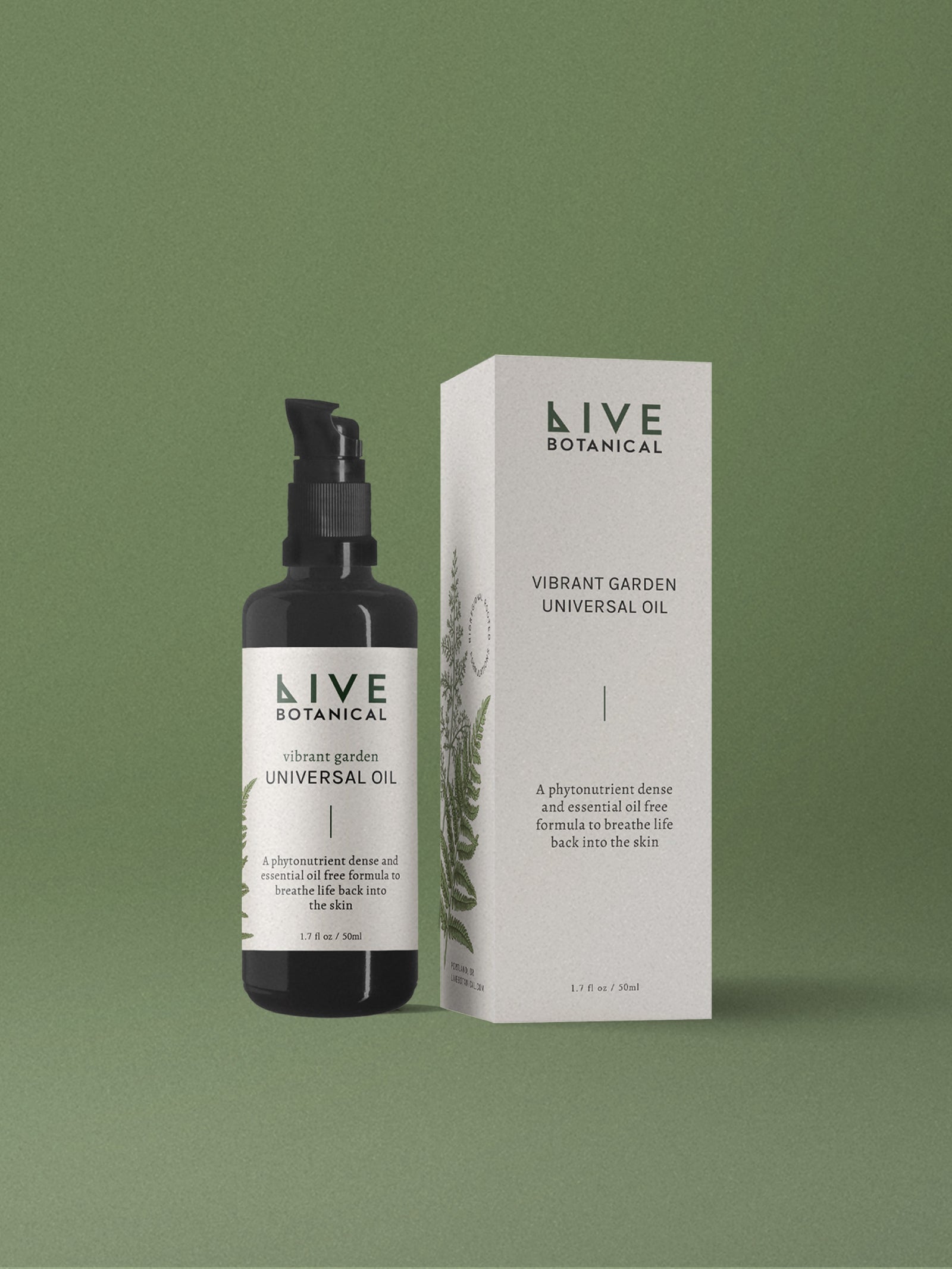
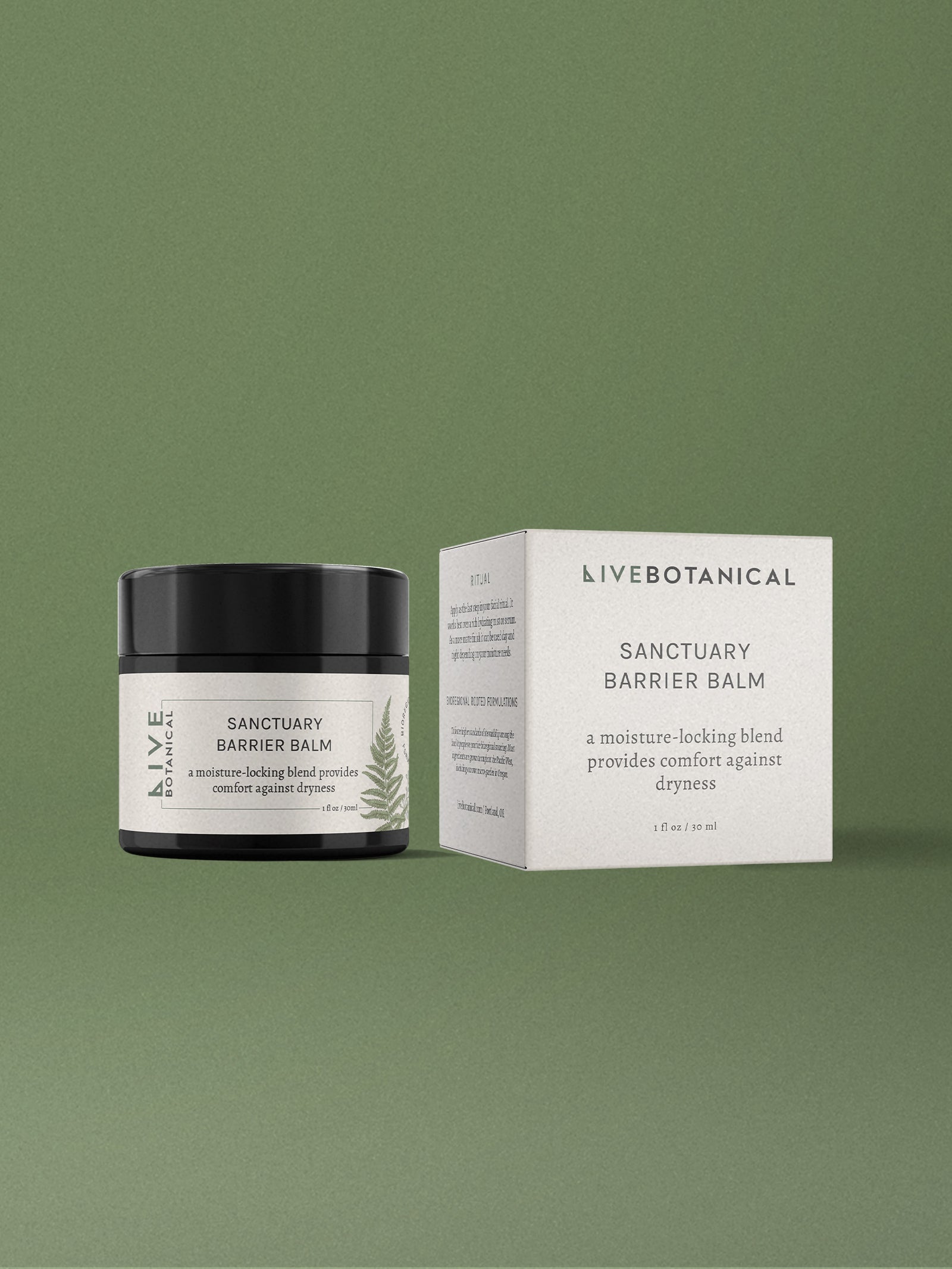
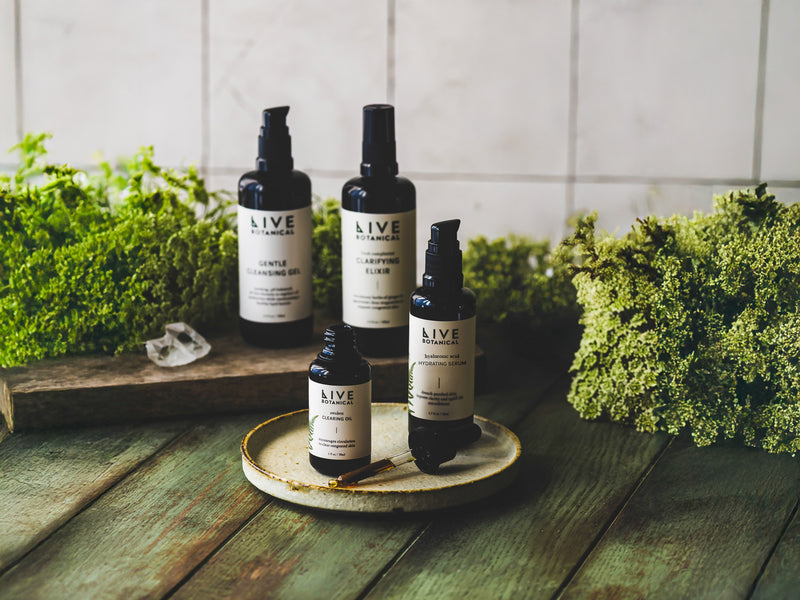

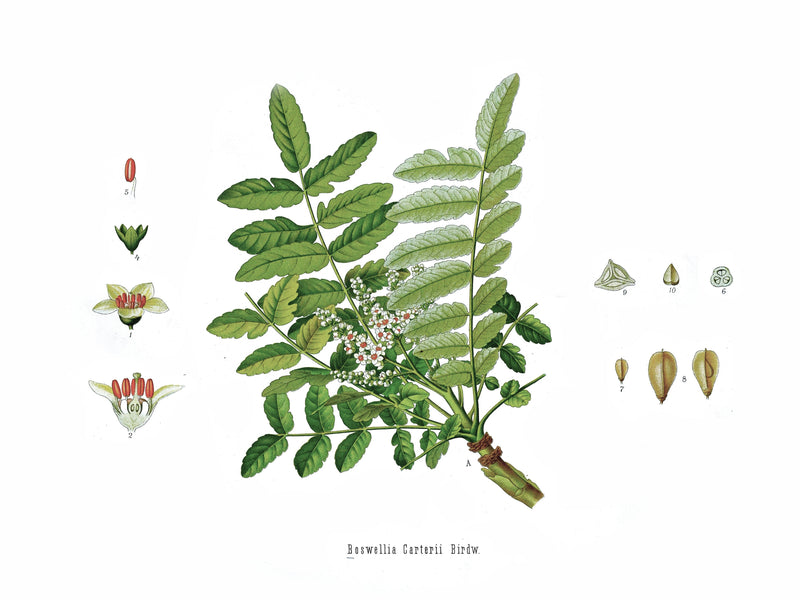



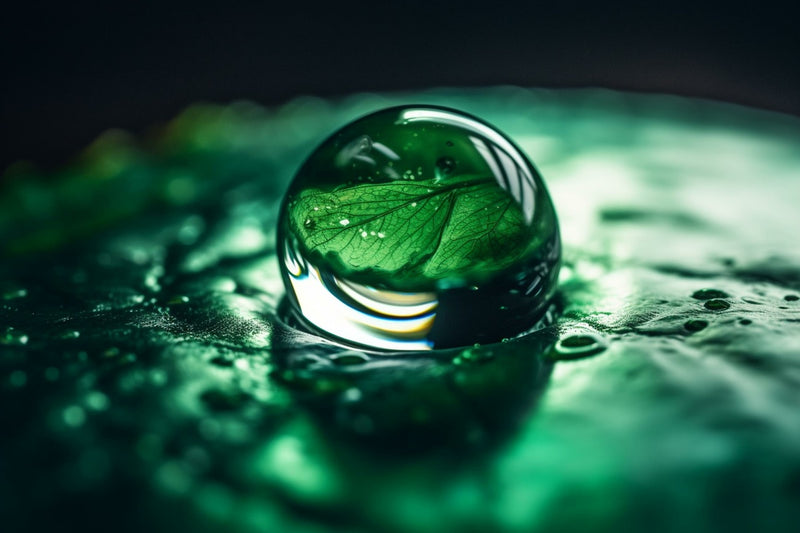
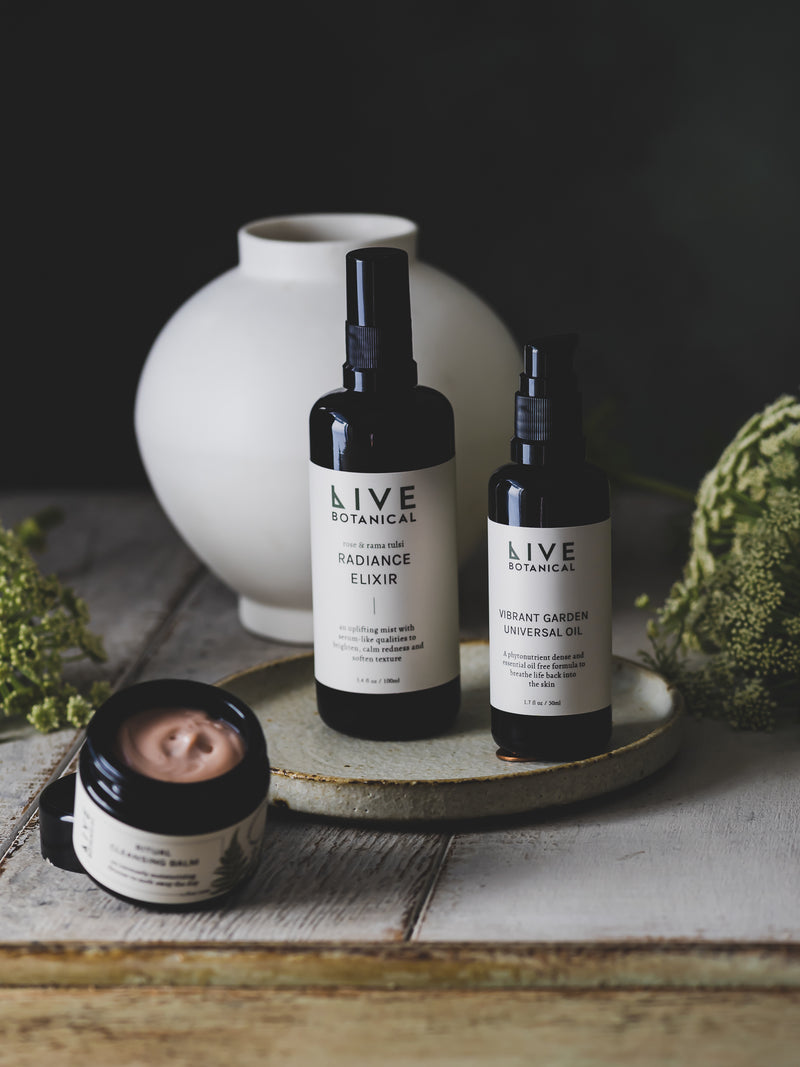
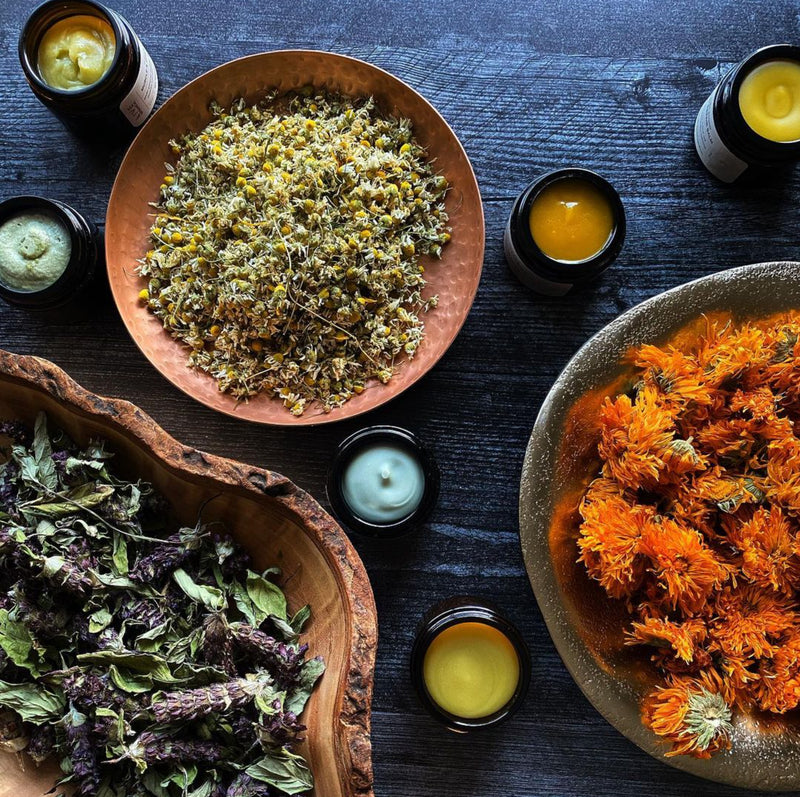
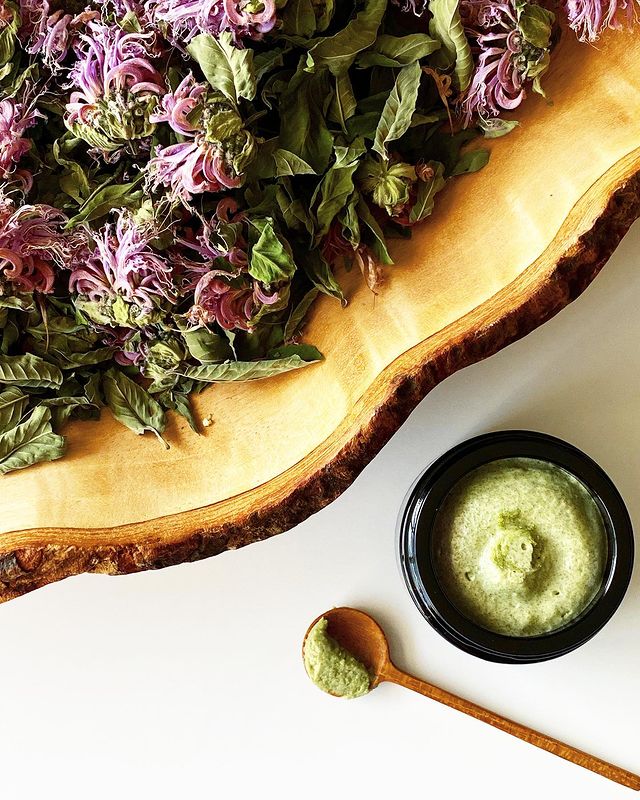
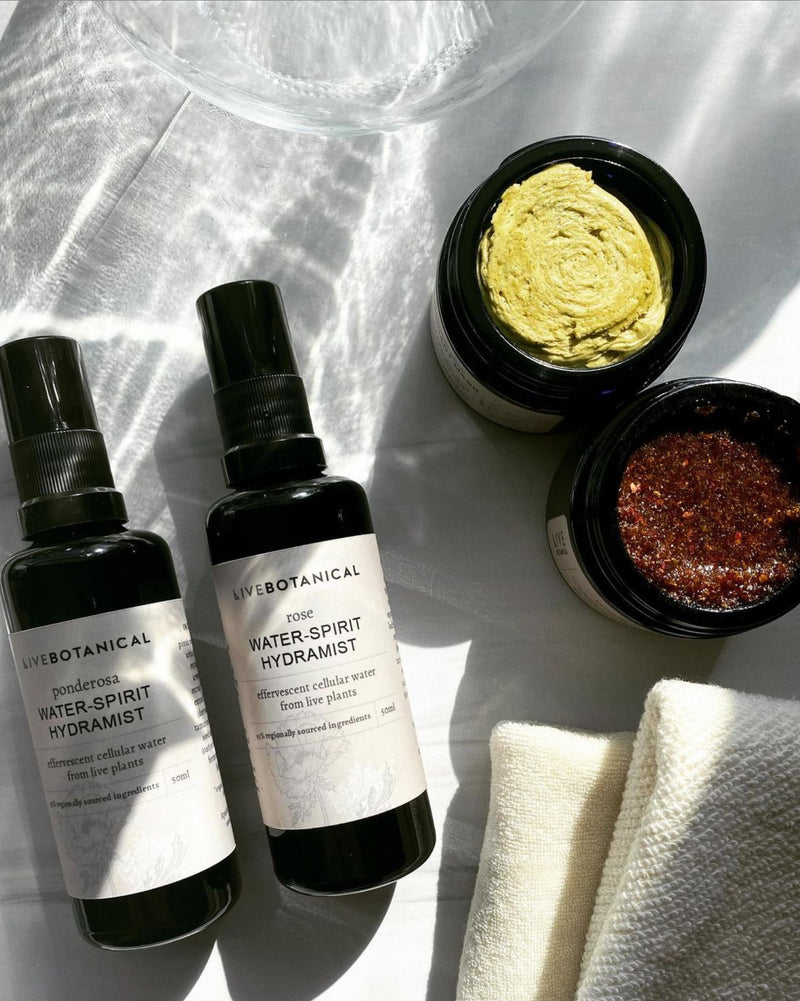
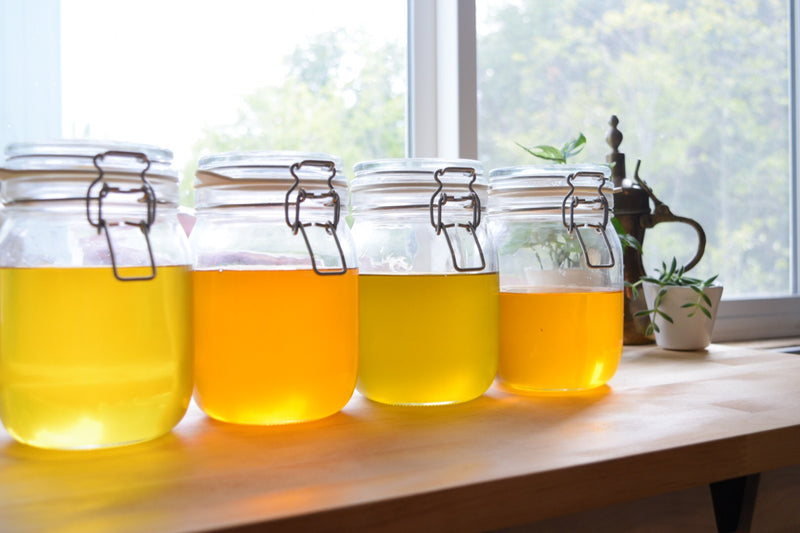
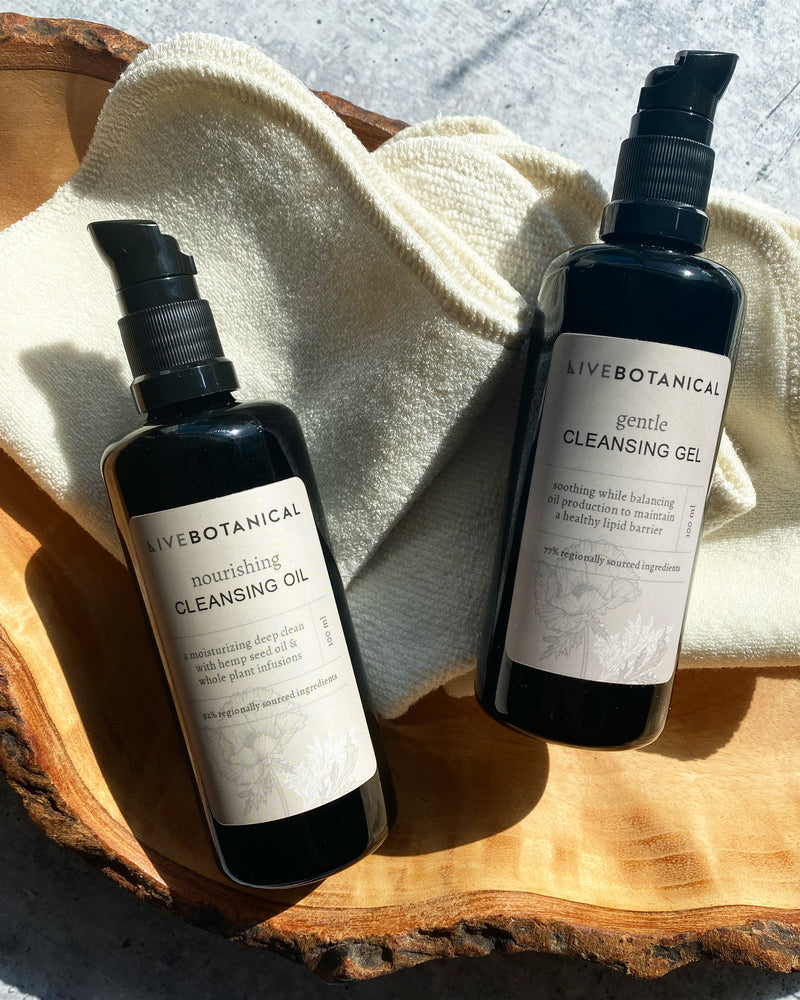

Comments
1 comment
really excellent field notes and so so helpful. thanks for sharing this, my sensitive skin sister 💕